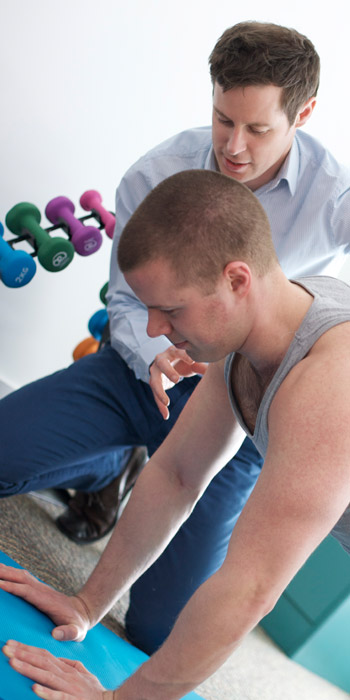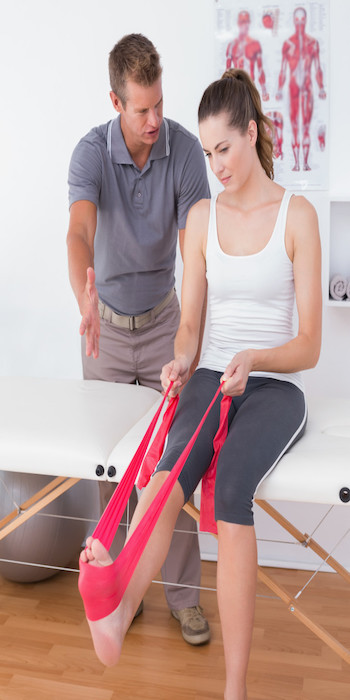So you’ve got an injury, your feeling like you’re in control of dealing with the pain but what next? How do you get back to living your life without having to worry about whether your body is up to the task? The following won’t be a step by step guide on what to do but rather a solid framework to guide your thinking. It’s based on the work on Tim Gabbett PhD (https://gabbettperformance.com.au) who has come up with a really good way of explaining this simply
When planning your recovery there are three key concepts: the “floor”, the “ceiling” and time. The “floor” represents your current physical capacity, The “ceiling” represents the physical capacity needed to do what you need to do in your life safely and effectively and time is simply how much time is needed to move from the “floor” to the “ceiling” safely without increasing the risk on reinjury.
A side point on how much time you should take to recover. This is one of the most common questions we get, “how long will it take for me to be better?”. This will vary from person to person and injury to injury but there is a sweet spot. If you go too fast you increase the risk of injury greatly and might end up re-injuring yourself or sustaining a new injury. If you go too slowly you reduce the risk of injury but can waste a lot of time in “rehab” when you could be living your life! But we can figure out a realistic and safe timeline for your recovery- combining the science of load management and tissue healing timelines. These two sciences help us figure out a safe “pace” for your recovery. It all about finding the balance.
So, if the goal is to get back to living your life the way you want without worrying about your body there’s a few things you need to do:
- Firstly, we need to identify your “ceiling”. Once you know what you need to be able to do we can start building a plan to get you there and have a solid idea of how much time it will take to do this safely. Your “ceiling” might include things like movements (being able to put your arm overhead so you can hit your tennis serve again or being able to squat down to the floor so you can play with your toddler), strength goals (things like being able to carry your groceries or lift weights in the gym) or fitness goals (like being able to mow the lawn for an hour or go for a 50km ride on the weekend). This will give a list of your physical goals.
- Next we need identify your “floor”, your starting point. This is individual to you and will take into consideration things like your age, previous injury and current capacity to name a few.
- Identify the hardest things you’ll need to be able to do physically. The “peaks” of physically that you’ll need to be able to achieve.
- Once we’ve identified your 1) ceiling, 2) floor and 3) peaks we can build a recovery program that’s respects the time needed to do so safely.
- Build and maintain physical habits that will protect you from injury in the future.
This summarises the basic framework we use to help our clients get back on the road again. A special thank goes out to Tim Gabbett for his research and teaching that help shape our approach.





